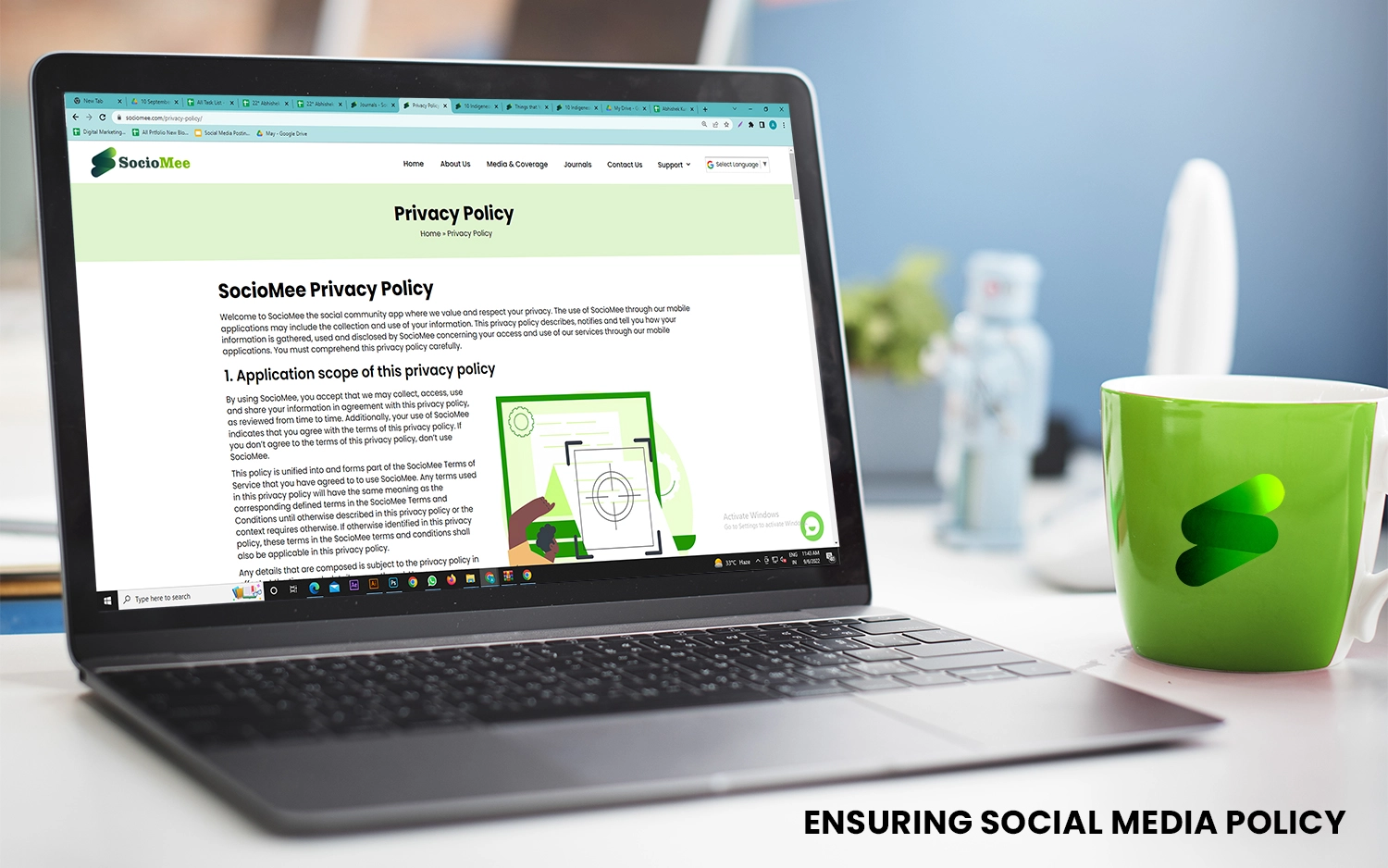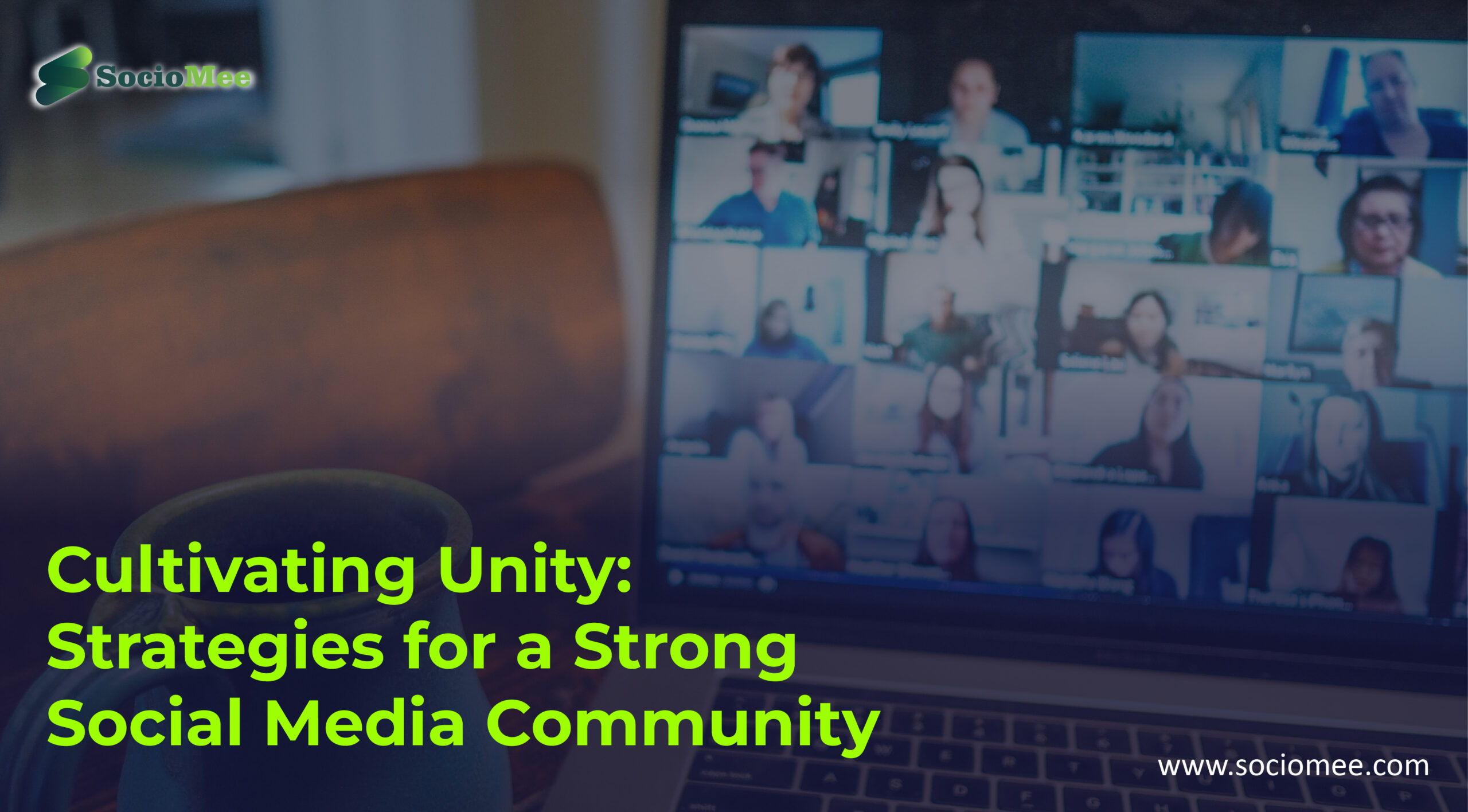
Things that You Must Know to a Great Stakeholder Engagement Strategy on Social Media Platform

A well thought out, strategic and practical stakeholder engagement strategy on social media can help you build up deeper relationships with your audience. In fact, the more engaged with your target market(s), the more effectively you can communicate with them, ultimately leading to higher brand recognition and loyalty among your customers.
Having a good strategy for the engagement on social media is therefore crucial in order to achieve success.
Here are seven steps to a great stakeholder engagement strategy on Social Media Platform that you must know:
Be a part of new social community
- Begin With Your Goals

A communication strategy is a plan for how to communicate with your audience. It outlines what you want to say, how you want to say it and when you want to say it.
To establish your goals, you must identify who your audience is and what they need from you. This includes identifying the specific problems they face and why they are having these problems. These are the issues that will drive your communication strategy and objectives.
Your goal may be as simple as “to increase sales by 10% in my department” or as complex as “to create understanding of our corporate values across all levels of staff”. The more specific your goal is, the easier it will be to achieve it using your chosen communications strategy and objectives.
- Experimenting the New Techniques
The next step is to start experimenting with new ways to connect with your customers. As a business owner, you need to keep an open mind about the types of conversations that are happening on social media and how you can be involved in them.
Another way is through a feature called Ask Us Anything (AUA) on SocioMee, which allows customers to pose questions directly to you or someone else in your business team via video chat, text or email. You can also use this feature to answer questions from your existing customers about products or services.
Give your business a new direction
- Introduce the concept of editorial rigor

The first step in applying rigor to social media is to think about what your company stands for. What are its values? What does it believe? What is its purpose? If you don’t know these things, then you’re not going to be able to create a social media engagement strategy that will be meaningful to your audience.
Once you have defined your values, you need to think about how they translate into content on social media. How do they relate to your audience? What types of content will resonate with them? How can you show that you understand their needs and wants so that they feel like they’re being heard by a company they trust?
You also need to think about what kinds of people will respond best to your content. Is there a specific demographic group you want to target? If so, how can you make sure that those individuals feel like they are being heard by a company whose interests align with theirs?
Once you’ve decided on these things, then it’s time for the hard work: putting them into action!
- A strategic training for your employees
Social media is a very powerful tool for companies and individuals alike. It’s no longer just a way to market your products or services, but it’s also a way to build relationships with your customers and potential customers, as well as providing opportunities for you to engage in conversations with them about their needs and interests.
Agencies may be managing your campaigns, but it’s up to you how much engagement you want from your social media followers. You can either be reactive or proactive, depending on what kind of results you’re looking for from these channels.
With more than half of consumers using social media (54%) as part of their daily routine, it’s important that business leaders encourage employees to use social media during work hours if they want them to be productive. This is particularly true if they are involved in customer service roles where responding quickly is critical.
- Ensuring Social Media Policy

Social media is a powerful tool for organizations to engage with their customers, prospects and employees. Only if companies have a social media policy in place can they be confident to use it strategically.
For example, if your company has a strong policy on how employees should represent themselves online, then there is no need for you to worry about them reposting an old photo or using the wrong hashtag. If your company’s policies are clear and readily available in both written and digital format, then you can rest assured that your employees know what is expected from them.
A good social media policy will also explain what exactly is meant by “social media,” how it relates to the business world and how it relates to the legal side of things. It should also provide guidelines on how you plan to use social media in your day-to-day operations so as not to waste time or money on projects that don’t address real business objectives.
Conclusion
It can help you gain a better understanding of your customers and their needs, as well as engage with them in a more personal way.
With the right tools and techniques, you can create engaging content that attracts new followers and builds loyalty among current ones. The key is to select the right channels for your audience and keep up with changing trends so that you don’t fall behind your competitors.
Join the community


Rising Stars: Unveiling the Next Gen Social Community Set to Redefine Connections



Building Inclusive Social Media Communities: Strategies for Diversity and Belonging

Get $100
*(lifetime validity)
Sign up and get a perk in your SocioMee wallet to spend on the Ads promotion








This Post Has 3 Comments
Such thought-provoking material, I must say.
It’s really helpful article for me. Thank for such an amazing article
This article is one of your better ones to date your explanation is amazing well done.